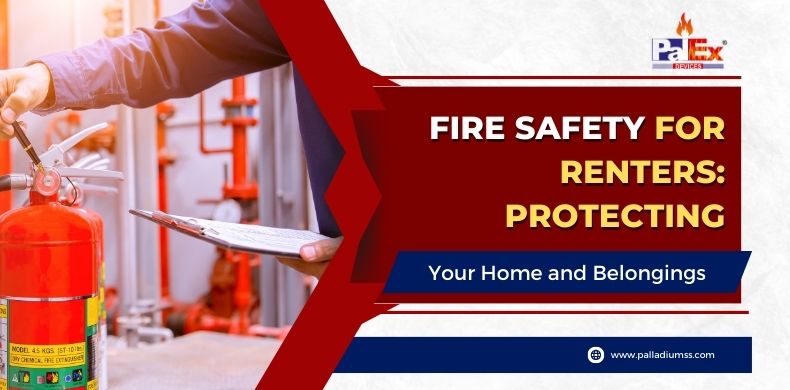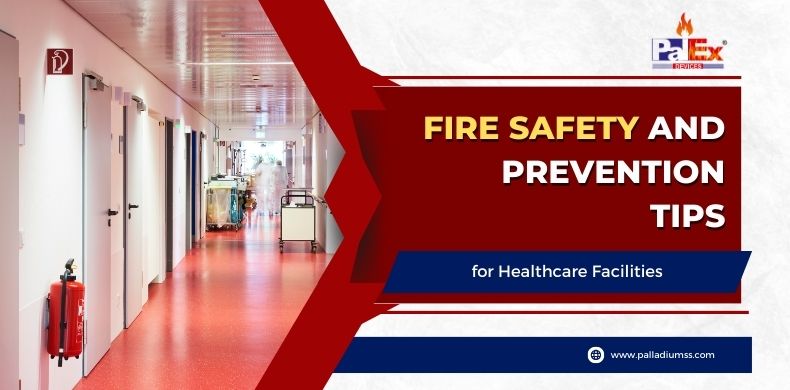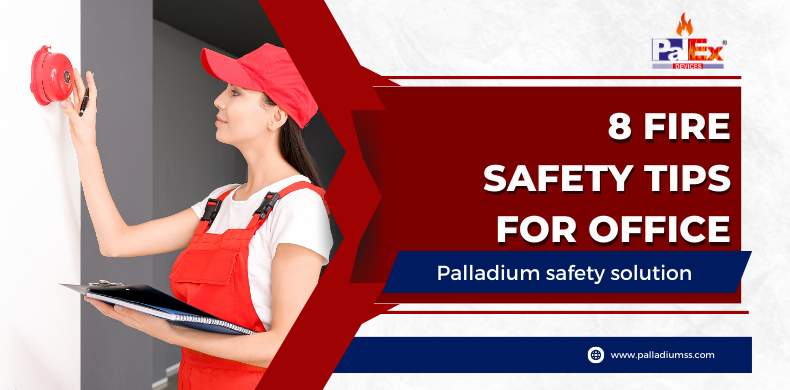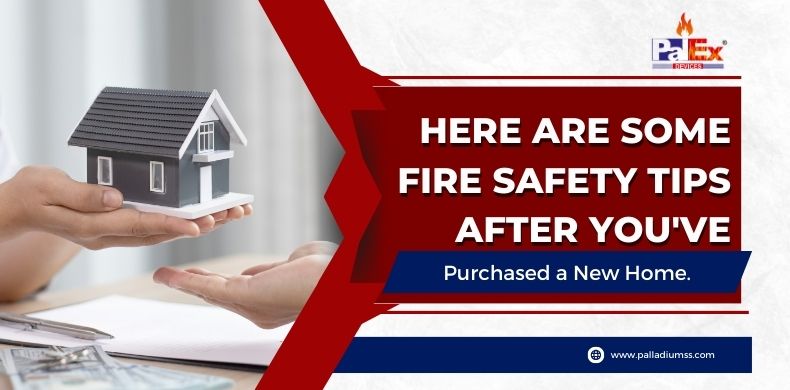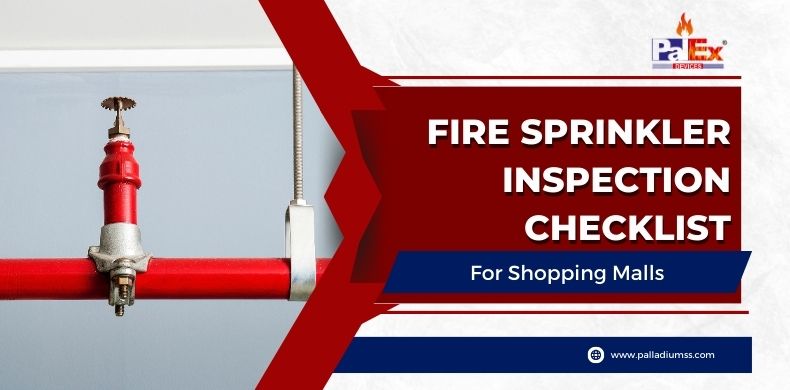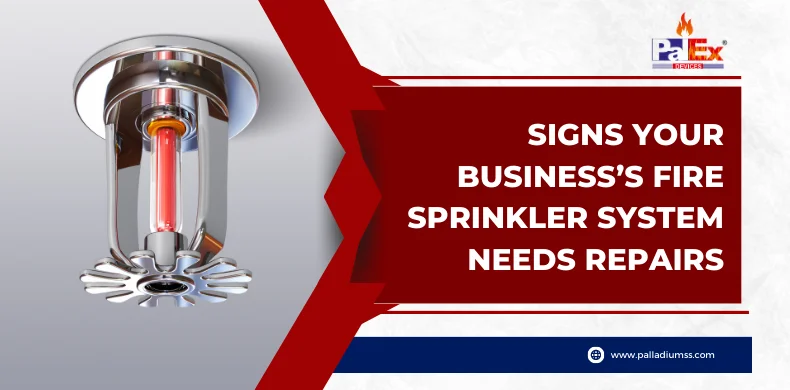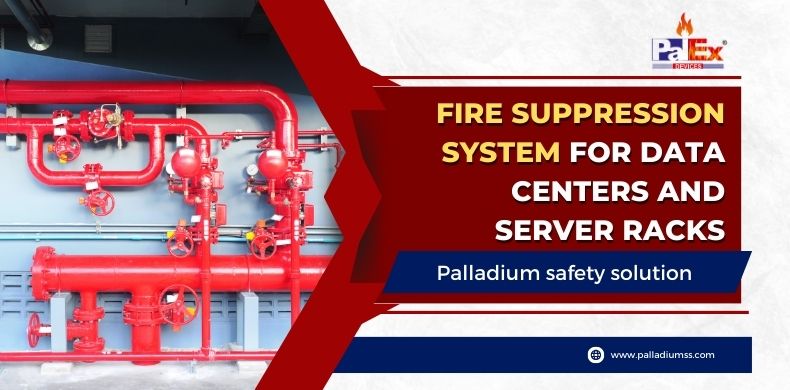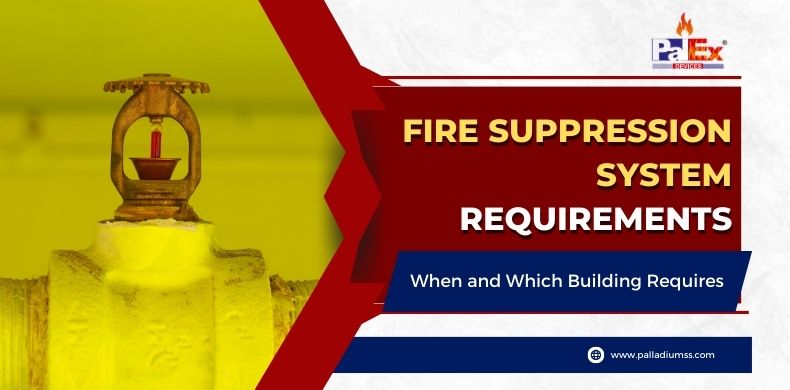It is important to note that fire hazards can be everywhere, No matter how big a retail store owner you are. To guarantee consumer safety in your organization, you must be aware of Fire Safety for Retail stores.
Therefore, suitable fire protection systems are as critical as trained staff on the proper
fire prevention procedures and fire protection machines.
Electrical Fires Reasons
Electricity fires are one of the top causes of business fires and one of the most accessible avoidable fire risks. The problems and main threats to the retail industry include unwired wiring, faulty plugs, electric sockets, and overloaded power plugins.
The number of computers, extension cables, and too many appliances connected to the same source increase overload and overheating sockets. A fire can ignite quickly if an overheated socket or plug finds paper.
How You Can Prevent From Electrical Fires
Exercise the protection of electric fire hazards in retail businesses by requiring a Duty Manager of each department to inspect electric outlets, sockets, and connectors daily.
Clean up the dust and waste, and check for defective wiring or overload on your devices and appliances.
Water CO2 is effective for fire suppression because the fire removes the source of oxygen from it and reduces the heat of the fire.
Gas Lines Fire Reasons
Most major retail businesses face severe fire risks with gas lines, liquid gas, propane, and, in certain circumstances, tools and outdoor devices, as well as gas lines and propane running their heating and cooling sources, overhead motors, forklifts, and vehicles. These and other flammable fluids may ignite instantly if a spark or a flame is in touch with them. They can pose substantial retail risks if they are in your stores.
How You Can Prevent Gas Lines Fire
Implement and teach personnel a complete safety flammable program.
Regular gas lines are inspected and maintained. When there is a chemical leak, the area must be blocked, cleaned up, and disposed of according to the code immediately. Fire sprinkler systems are vital to preserving the customers’ safety and preventing significant damages to the inventory
fire sprinkler systems are essential.
When a sprinkler system is activated by heat from a fire, water is released onto the fire to prevent the fire from spreading. Keeping away from these sources all paper, cartons, waste, and smokes.
We require annual training on fire safety and combustible liquids.
Trash & Cigarettes Lgnition Risks
Retail stores have vast quantities of garbage — all flammable. Packing materials can develop and risk ignition: cardboard, plastic, paper, peanuts, and other packaging materials.
The breakroom, warehouse, and storage spaces provide a large volume of rubbish. If the waste is not disposed of regularly and appropriately, a possible fire fuel can be created if it comes into contact with a spark or heat source.
The outcome might be a quick, out-of-control fire in a matter of seconds, with a tossed cigarette near the waste.
Also read :8 Important Fire Safety Tips That You Should Know
How You Can Prevent Trash & Cigarettes Lgnition Fire Risks
Stop waste from overflow and put it as necessary instead of merely near the door into the dumpster. The doors and evacuation routes are apparent in the event of an emergency. Early
Optical Smoke Detector plays a tremendous role in protecting your retail store, customers and employees.
This also prevents the entry into a touch of paper and other flammable products with electrical outlets, furnace or air-conditioners, electrical devices, overheated motors, and open flames. Keeping sales floor and employee work areas clean and uncluttered ensures a minimum fire load.

